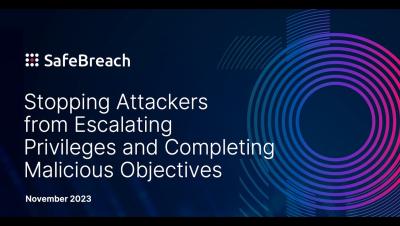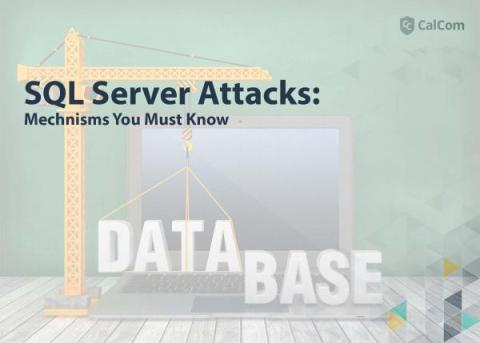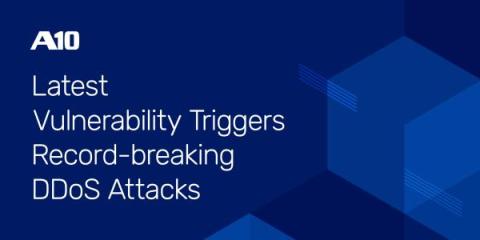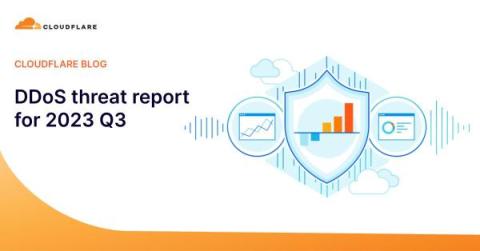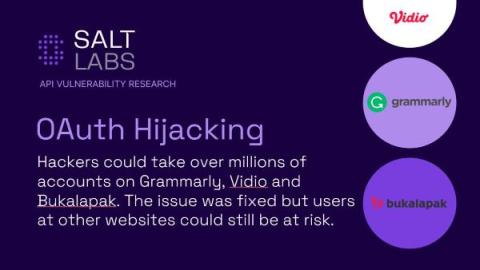Security | Threat Detection | Cyberattacks | DevSecOps | Compliance
Cyberattacks
7 Types of Social Engineering Attacks
DDoS Traffic Analysis Techniques for SOC Teams
SQL server attacks: mechanisms you must know
Latest Vulnerability Triggers Record-breaking DDoS Attacks
DDoS threat report for 2023 Q3
Welcome to the third DDoS threat report of 2023. DDoS attacks, or distributed denial-of-service attacks, are a type of cyber attack that aims to disrupt websites (and other types of Internet properties) to make them unavailable for legitimate users by overwhelming them with more traffic than they can handle — similar to a driver stuck in a traffic jam on the way to the grocery store.
Top Asian/APAC Cybersecurity Threats of 2023
Security in the Property Industry: Challenges and How to Avoid Attacks
In recent years, there has been a major ongoing trend toward more digital infrastructure and an increased dependence on technology across a wide variety of sectors. In the property industry, this has manifested heavily in the growth of the property technology (PropTech) market. These developments have had a serious impact on the sector, enabling advances that both improve existing processes and add new features to real estate transactions.


